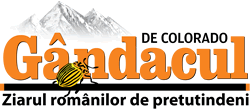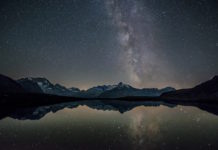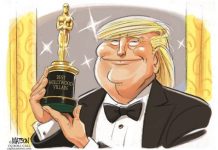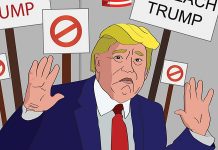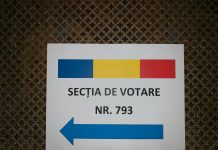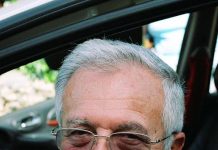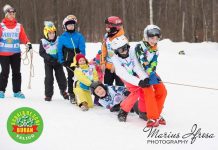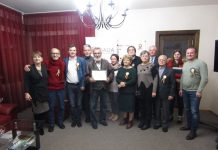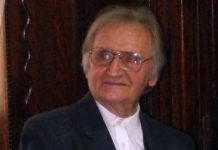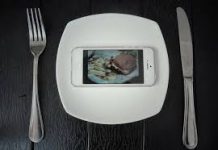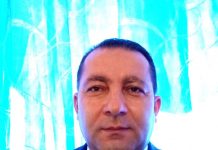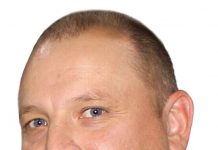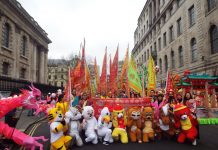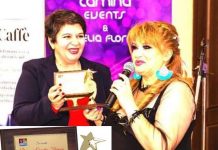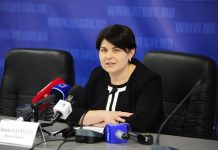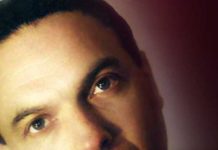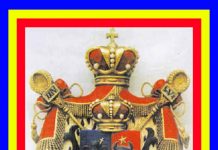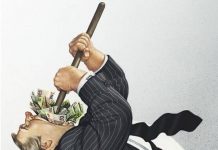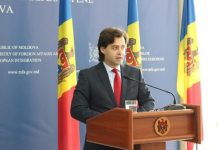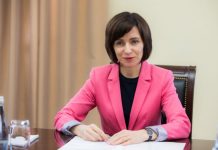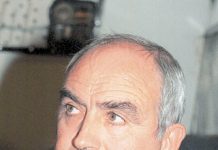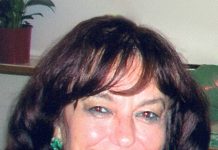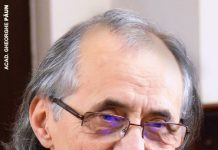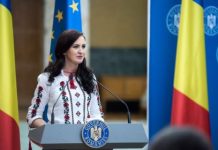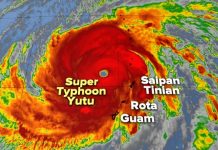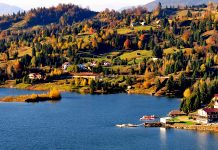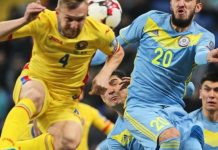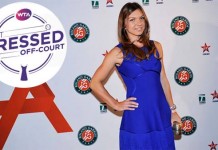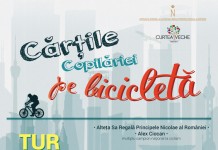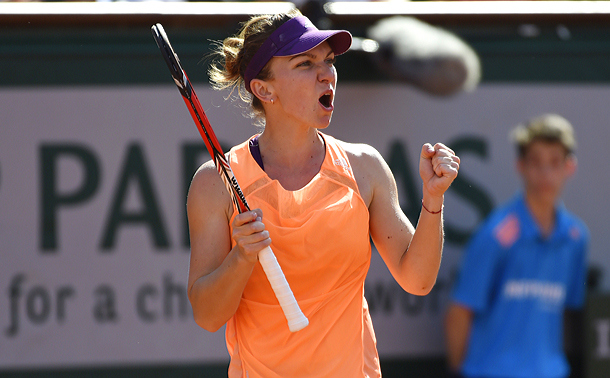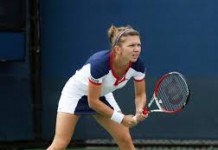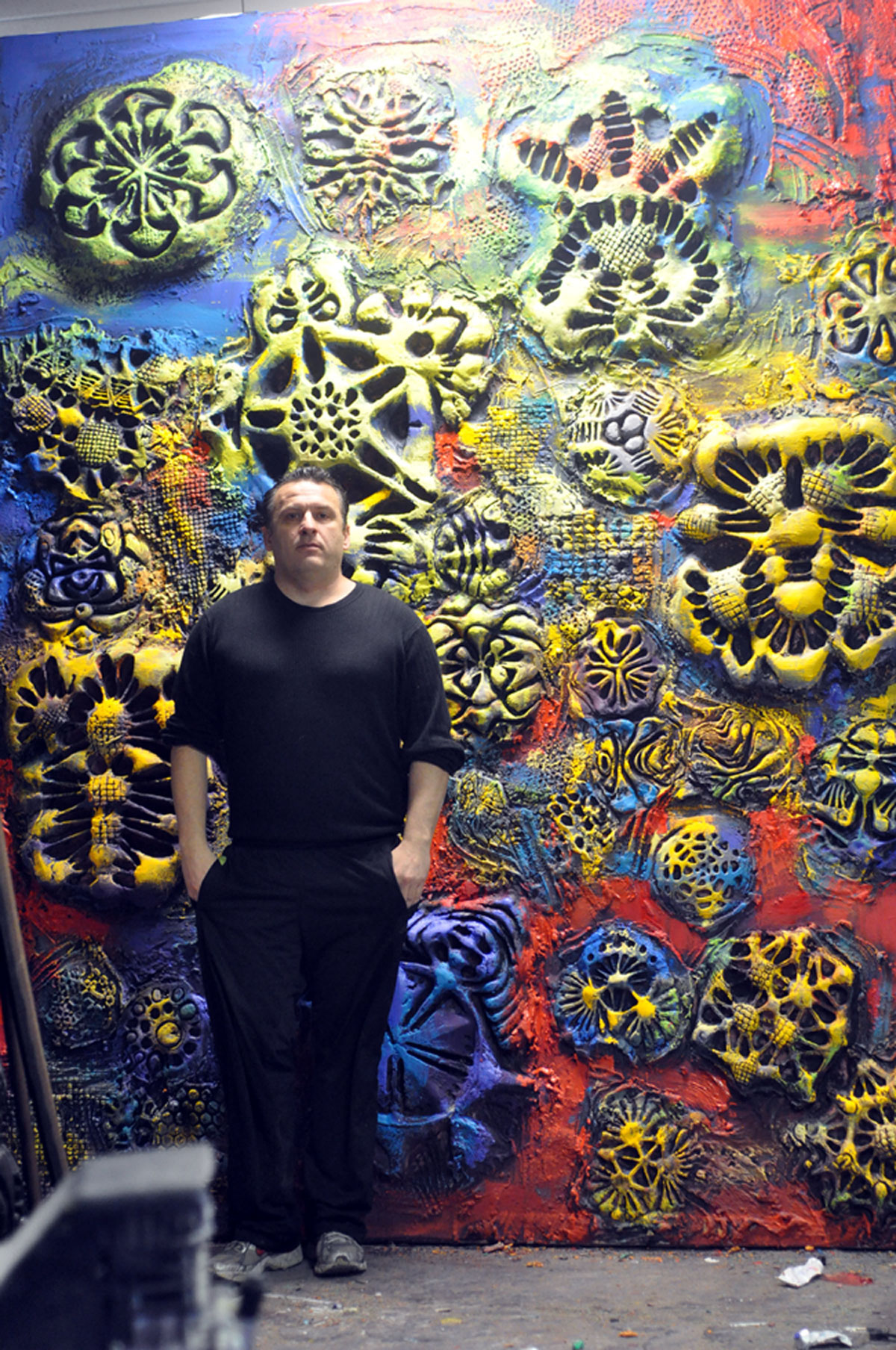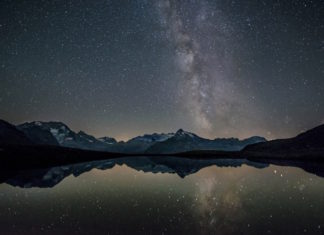 NYFA first encountered Transylvanian born artist Ioan Florea after his immediate and empathetic response to Hurricane Sandy six months ago. Founder of C.A.S. Paints, Ioan donated more than more than 1,200 tubes and containers of paints, gels, and sample sets to NYFA for artists impacted by the storm. Hundreds of artists benefited from his generous contribution. IAP and NYFA Program Associate Michon Ashmore interviewed Ioan to find out more about his artistic practice, his business and his experience as an immigrant artist.
NYFA first encountered Transylvanian born artist Ioan Florea after his immediate and empathetic response to Hurricane Sandy six months ago. Founder of C.A.S. Paints, Ioan donated more than more than 1,200 tubes and containers of paints, gels, and sample sets to NYFA for artists impacted by the storm. Hundreds of artists benefited from his generous contribution. IAP and NYFA Program Associate Michon Ashmore interviewed Ioan to find out more about his artistic practice, his business and his experience as an immigrant artist.
Tell us about your work. What are your motivations and what is the focus of your upcoming solo exhibition this Fall?
Growing up in a utopic Communist society and immigrating to the USA, a different utopic society, I have been part of revolution and witnessed financial collapse, and have also gone through a long legal immigration process of changing and redefining my identity. During my childhood in the Communist regime back in Transylvania, I spent most of the time exploring the surrounding forest and the hills full of earth pigments, clay and kaolin.
The Communist government had control over everything, from what you think to what you eat. It was illegal to slaughter your own animals for consumption, but people did it anyway, hiding the animal bones in the forest. That is how I started finding animal bones in the nearby woods. I was very intrigued by the interesting shapes of the vertebrae and I started to collect them, turning them into toys and carving and drawing on their surfaces. Also, my father used to be a radiologist and I spent time studying and being fascinated by his X-ray images.
My recent work is influenced by my personal experience with the lengthy legal immigration process. It addresses globalization and human migration in search for utopian spaces and the consequences that come with that. My upcoming show at Surplus Gallery will focus on my new paintings that integrate and explore different new pigments and lightweight materials inspired by the world of nanotechnology. I developed my own custom 3D image fused resin and pigment transfer on canvas, and I also use liquid metal paint that I formulate. My paintings have a double function, addressing both the visual and tactile senses. I’ll also have some sculptural floor pieces based on Constantin Brancusi’s “Silent Table,” for which I will be using recycled 55 gallon drums as chairs with 3D shapes attached.
I am also integrating text in my new work. I remember slogans used by Communists that were displayed on huge billboards all over. One of them was “No meal without fish.” People who complained because the government was altering the salami by adding soya used the slogan “We do not want any more soya salami.” As we know, fish is good for you but the Communists were promoting it because it was cheap. Soya is also good, but it was added to the salami for economic reasons, not because it was healthy. I explore these kinds of contradictions from my past with new ones from a consumerist society.
You run a successful business, C.A.S. Paints, as well as being an artist with an active exhibition schedule. How do you manage your art/work balance and have you changed your approach over time?
The business is based on a post-Fordism model and is the rational side that keeps me anchored in reality. It is an active process. Every single day I am learning something new that I apply to my artwork. I see some businesses use creative techniques to come up with new and interesting products, the same way artists should use business techniques to come up with new, meaningful art. From a psychological point of view, the goal is both for art and business to unleash the creative energies. I have the chance to explore and experiment with new materials and technologies and it’s like learning new languages that open new horizons. In the past few years a lot of things have changed, and in my vision the definition of a contemporary artist is someone who breaks the boundaries between art, science, technology, philosophy and architecture and resurfaces them in a new language. In both my art and research I use conceptual blending theory.
 Also, I would say that are many similarities between running a business and an art studio. I think back in the Renaissance the artist was more a businessman than an artist. Today we can see the same pattern where the artist has to create and promote his work and image like a product. It is not enough to create. Marketing is a major part of being an artist.
Also, I would say that are many similarities between running a business and an art studio. I think back in the Renaissance the artist was more a businessman than an artist. Today we can see the same pattern where the artist has to create and promote his work and image like a product. It is not enough to create. Marketing is a major part of being an artist.
You became an American Citizen in 2009. Can you speak to the challenges and opportunities of transitioning from one culture to another? Having gone through this experience, do you have any advice for recent immigrant artists to the U.S. as they establish their careers?
I became an American citizen in 2009 during the Lincoln Bicentennial in Springfield, IL, in a special Naturalization Ceremony in the Old State Capitol State Historic Site. Becoming an American citizen is a responsibility. As an artist and a new American citizen, I had the chance to give back, share and help artists who lost their studios and materials to Hurricane Sandy through NYFA and other organizations. I also recently donated Alkydpro paints to senior students affected by the fire at Pratt Institute Fine Arts Department to meet the deadline for their graduation exhibition “Flameproof.”
One of the biggest challenges involved in transitioning from one culture to another is redefining your identity. As an artist I think you become universal by incorporating your own national identity with the new American identity. There are many challenges – material ones, like going through the expensive immigration process while you keep making art; and emotional challenges, especially if you have elderly parents back in your home country. The toughest one is when they get sick and you’re not able to go visit them every day.
My advice to recent immigrant artists to the U.S. who try to establish their careers is to use every opportunity to volunteer in any way in order to assimilate and absorb the new culture. They should be open to any kind of creative experience and find ways to be involved. New York offers tremendous possibilities, from hundreds of galleries to the art fairs and museums.
Q: You maintain a studio in your homeland, Transylvania, in the village of Richis and are investigating the idea of an international colony/exchange. How often are you able to visit and are you seeing any significant change? What aspects of your homeland do you think would inspire international artists?
Yes, the studio in Transylvania is also part of Carpathian Art Studio (C.A.S.). The name comes from the Carpathian Mountains in Transylvania. It is located in the village of Richis, a few miles from Dracula’s birthplace and a few miles from the summer vacation home of Charles, Prince of Wales. Prince Charles has been involved with preserving villages of Transylvania since 1980 when Ceausescu’s regime forced farmers to move to the city and bulldozed their villages and houses. I would like to thank him for opposing, a few years ago, the construction of Draculaland, a project that would have destroyed the pristine area. The villages have medieval fortified churches that are listed as UNESCO World Heritage Sites. One of them is Biertan, which is near the location of my studio. Here is a link to a beautiful documentary “Wild Carpathia.”
My father, also named Ioan Florea, is managing and maintaining the studio that is preserved. It has an outdoor kiln for baking bread and a unique outdoor wine press made of oak that is 20 feet long and connected directly to the wine cellar through a channel. The village, called Aslo, offers organic bio foods. I have some large paintings there that my father shows from time to time to people in the village. He tells me when they are confronted with the highly textured, abstract minimalistic imagery, their reactions are often comments like “end of the world” or “apocalyptic vision.” I also have some of the animal bone alphabet installation pieces there, and on the funny side, someone broke in looking for scrap metal but got scared and ran away. I would call it theft-proof art (my father likes that story).
I try to go at least once a year for a couple of months. Yes, there are lots of positive changes. I am exploring the idea of creating an international colony or a meeting place to exchange ideas. I already talked with Ciprian Muresan a couple of years ago and he liked the idea. He is a member of the Cluj School, which turned a brush factory into studios and gallery spaces. Another contemporary artist couple I know, Dan and Lia Perjovschi, from the same area, might be willing to be part of it. Mircea Cantor, another contemporary artist from Transylvania who lives in Paris, might be interested in joining, and hopefully Hans Ulrich Obrist would be willing to stop by and visit, as well. I am also in touch with Theaster Gates to get involved with his projects at the University of Chicago New Arts Incubator in South Side Chicago, as I want to learn about their model of artist residency.
I have been following the situation at Cooper Union, where they will start charging tuition. This brings back memories of when I was struggling to pay tuition back in Romania. In order to pay the fees for six years I used to draw portraits in touristic areas like the Black Sea and other places around Europe. This can be a solution for the Cooper Union students – they better practice their drawing skills and start making portraits in Central Park for their tuition. I also remember when I was a teaching assistant here in the U.S., some students were trying to get some student loans for an art degree but were refused because art is not a marketable job. Art schools should all be free considering artists are volunteering with their creations every day all over the world.
Q: How can our artists stay connected with you, and hear about opportunities in the future?
Artists can contact me at florea@floreaart.com. I’ll also post future opportunities on NYFA’s website.
